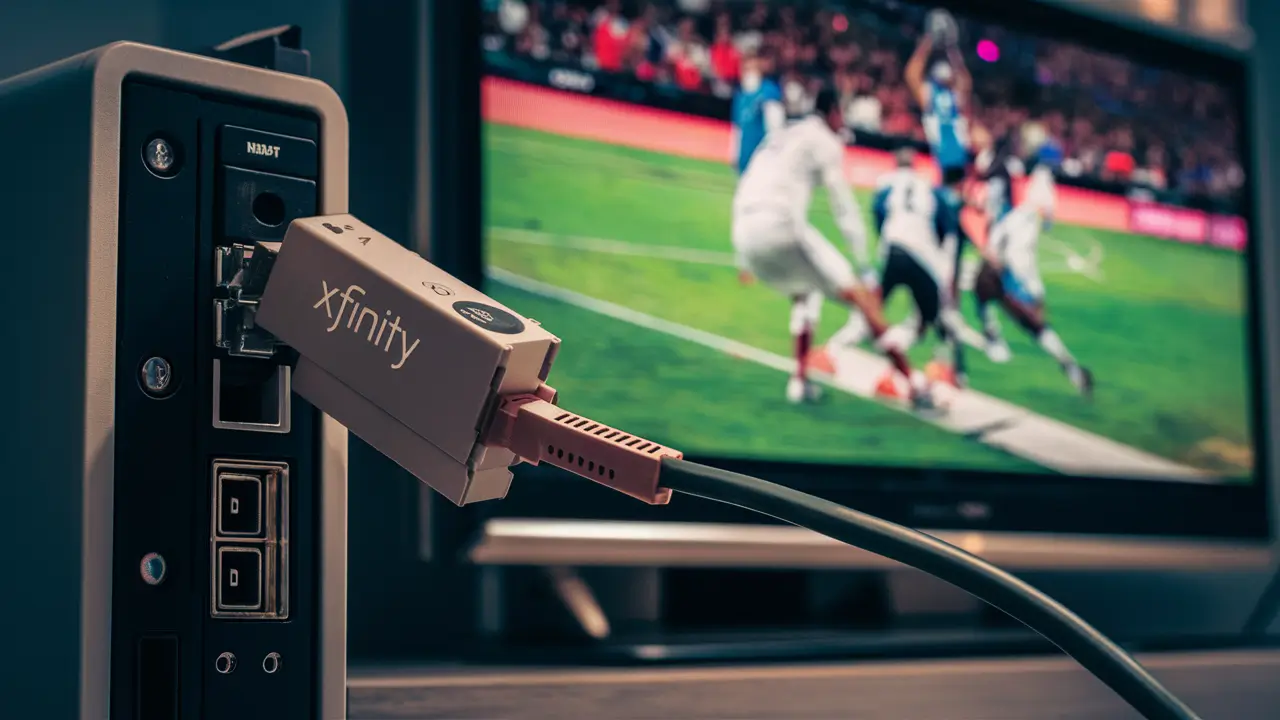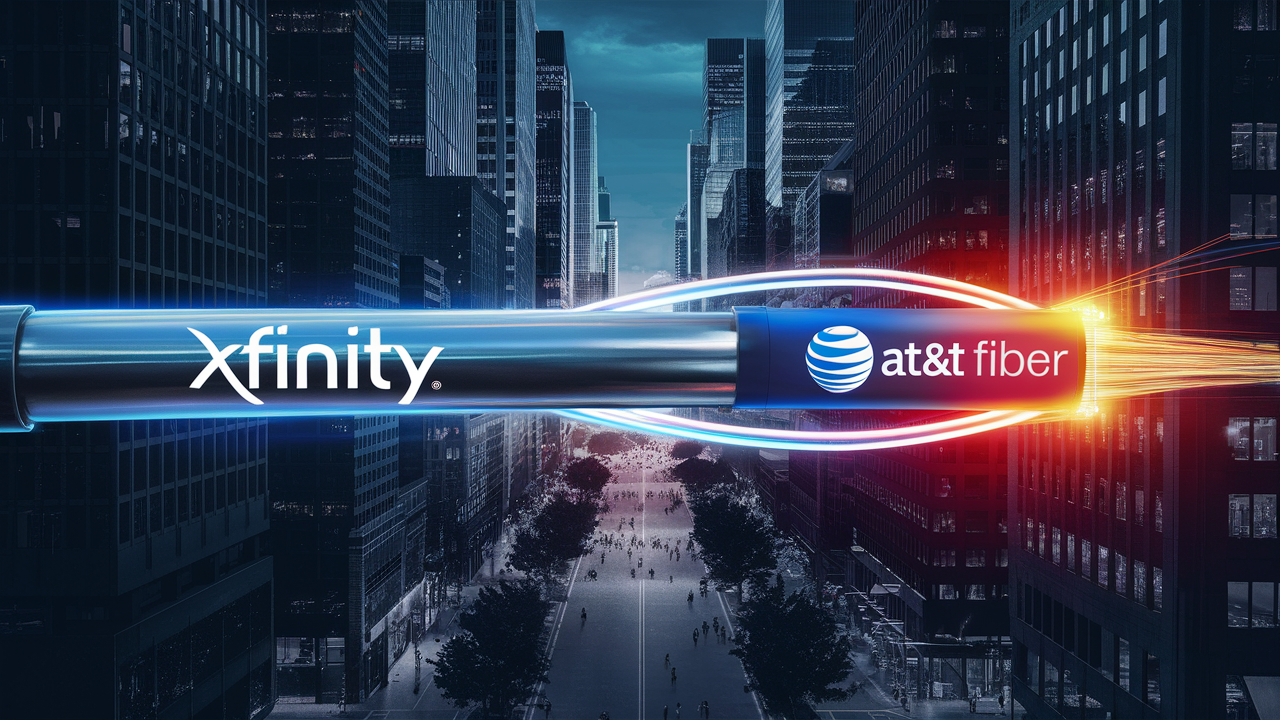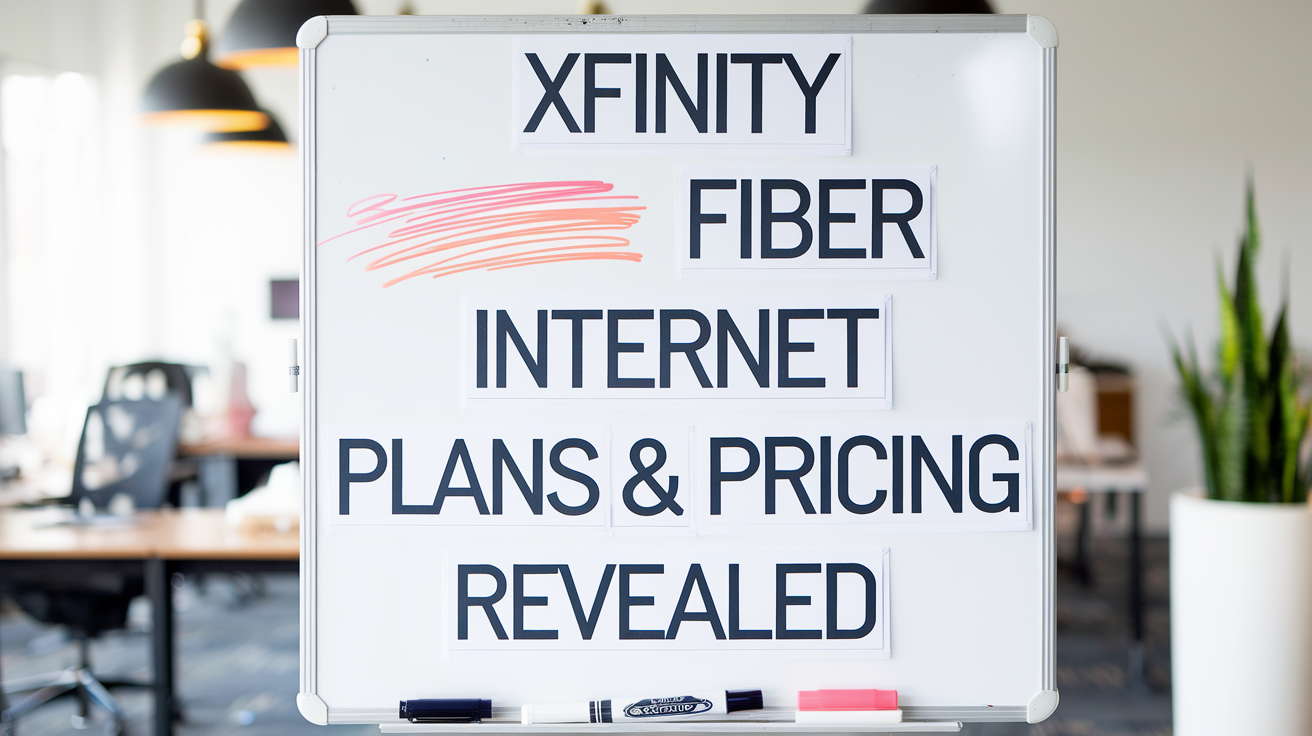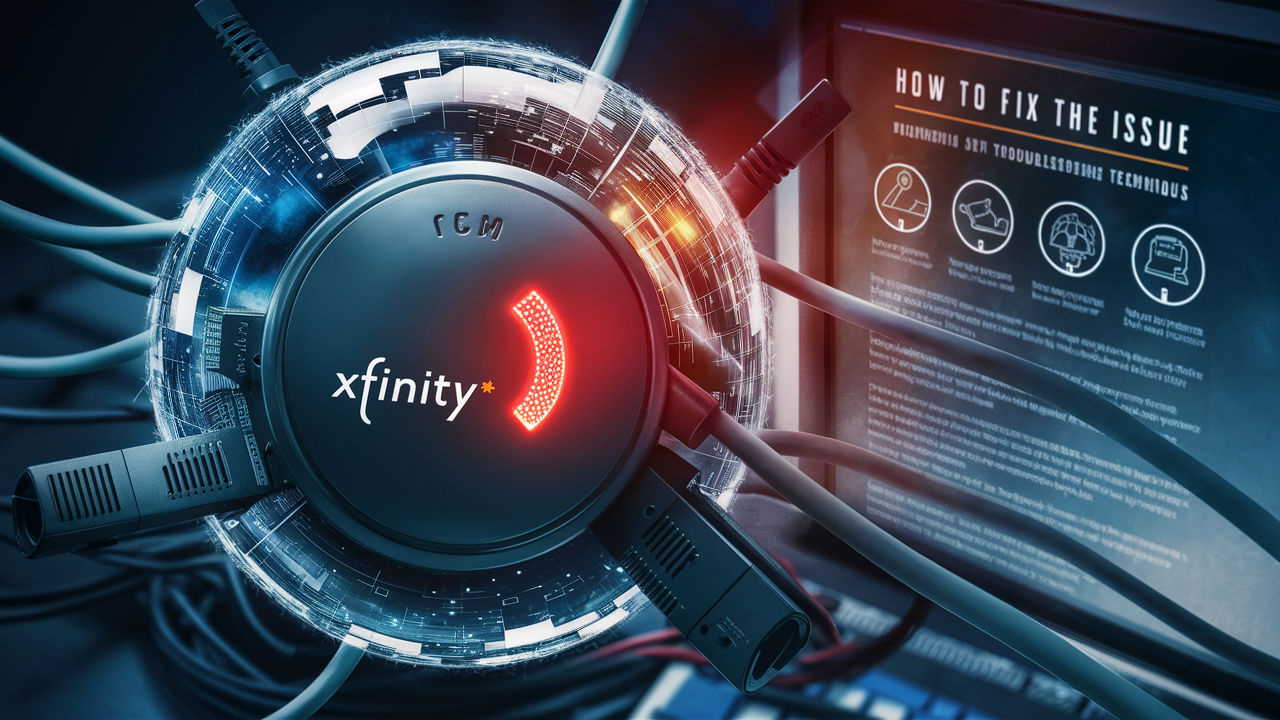How To Hook Up Xfinity Cable Box To Tv Without Hdmi?

You could therefore be asking how you might link the two if you have an Xfinity cable box but your TV lacks an HDMI port. Fortunately, there are various methods you can use to link the Xfinity cable box to your TV without using HDMI. The techniques for connecting utilizing different kinds of connections, including the component video, coaxial, or composite cables, will be walked over in this book. We will also discuss other setups and how to get the greatest image quality.
What You'll Need
First things first, you may want to ensure you have the correct cables to connect your Xfinity cable box to your TV. These include:
- Xfinity cable box
- TV with component, coaxial, or composite inputs
- RCA cables (red, green, blue, or red/white for audio) OR
- Coaxial cable with F-type coaxial connectors at each end OR
- Structured cables (yellow, white, and red)
- RCA audio cable (red and white) in case one is using composite video
To understand which cables are compatible with the input ports that are available on your television, check the input port section available on your television set. The component cables will offer the best connection quality while coaxial cables will be slightly inferior to them. Here, the composite cables shall be associated with the lowest form of quality but they are the most accessible.
Connecting with Component Cables
If your TV has component input ports, this will provide an HD picture quality, just without the convenience of HDMI: If your TV has component input ports, this will provide an HD picture quality, just without the convenience of HDMI:
1. Plug in the component cables into the respective color component output terminals on a cable box; green cable should be connected to the green terminal, blue to the blue terminal, and so on.
2. Plug the red and the white RCA audio cables into the corresponding red and white component audio out terminals of the cable box.
3. Plug the other end of the component cables into the corresponding color component video input sockets of the TV.
4. Plug the red and white audio cables into the corresponding audio inputs which are usually labeled R-Audio-L.
5. Power on the cable box and the television set and select the appropriate input source that corresponds to the labeled component port.
Connecting with Coaxial Cables
To connect using a coaxial cable, also referred to as an RF or F-type connector
1. Attach one end of the coaxial cable to the socket labeled “Cable Out” or “RF Out” on the cable box.
2. Plug the other end to the port marked ‘Antenna In’ or ‘RF In’ on the TV.
3. Power on the cable box and the television set. Tune the TV to channel 3 or 4. These channels are normally employed to transmit signals for cable boxes.
Connecting with Composite Cables
If component or coaxial cables are not an option, you can use composite cables for a basic connection
1. Plug in the yellow composite video cable to the corresponding yellow Video Out slot in the cable box.
2. Plug the red and white audio cables into the red and white Audio Out connectors on the cable box.
3. Plug the other end of the yellow composite cable into the yellow Video In socket on the Television.
4. Plug the red and white audio cables into the corresponding Audio In sockets on the TV.
5. Switch on the cable box and the television set. Change the input setting of the TV to correspond with the composite port that you connected the yellow video cable to.
Main Lessons for Obtaining the Best Picture Quality
Depending on your connection type, here are some tips for getting the best picture quality
- When connecting component cables, make sure that green is connected to green, blue to blue, and so on as this will otherwise result in picture problems.
- If the picture is fuzzy with coaxial cables, try inputting directly to the coax port rather than splitter inputs. If necessary, use an amplified splitter.
- Change the television settings such as the brightness, contrast, and sharpness of the port that is used to connect the cable box for the best picture quality.
- For composite cables, switch to component or coaxial for better picture quality if the TV supports the cables.
Setting Up the Cable Box
Once all the hardware is connected, you need to ensure the cable box is properly activated and configured
1. If the cable box is not already activated, turn the cable box on and dial the Xfinity activation phone support number. To turn on the box, please use your account.
2. Connect to the internet – The Xfinity cable box may need an internet connection for capabilities such as video on demand and the electronic programming guide. Click on your home wireless network and then type the password to connect to it.
3. Go through the initial configuration – select your preferred channels, video quality, parental control to filter programs containing scenes that should not be viewed by children, and many other options.
The steps above outline the procedures of how to connect your Xfinity cable box to a TV without HDMI. Component video cables offer the highest quality, while coaxial or composite cables let you watch your programming from the cable box even if your TV doesn’t have HDMI inputs. Just make sure that the cables you use are compatible with your television connection port and set up the box in the best way possible for the best picture quality.
And there you have it, with the right cables and setting adjustments it is possible to access all cable programming through other connections other than HDMI. Enjoy!
Ready to elevate your home entertainment? Call us now at +1 844-345-0888 to explore the best Xfinity plans for your home! Enjoy fast internet and premium TV options. Don’t wait—get connected today!





